How to Fly an ILS Approach
Pilot Institute
JANUARY 14, 2025
The ILS (Instrument Landing System) uses radio signals to help pilots align the aircraft accurately on their approach to a runway. Lets learn more about this system! Key Takeaways ILS provides precise guidance for safe landings in low visibility. Autopilot aids ILS approaches but needs close monitoring.

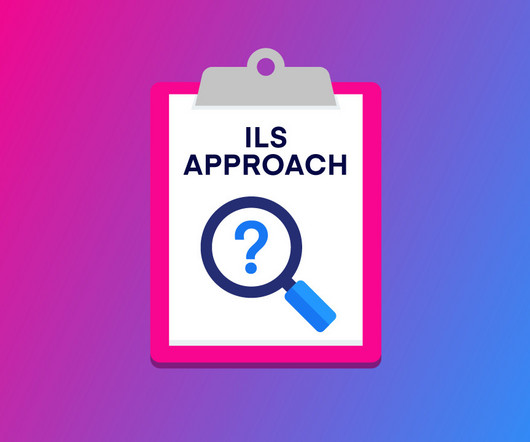



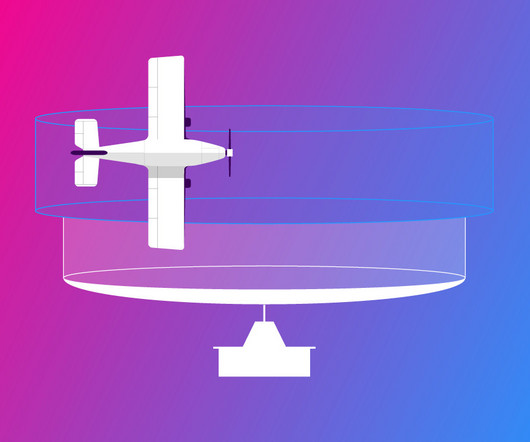
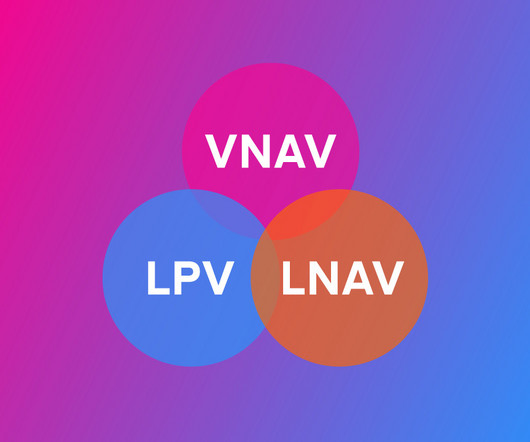
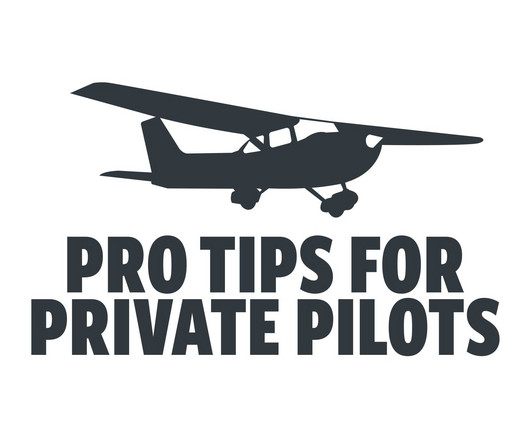
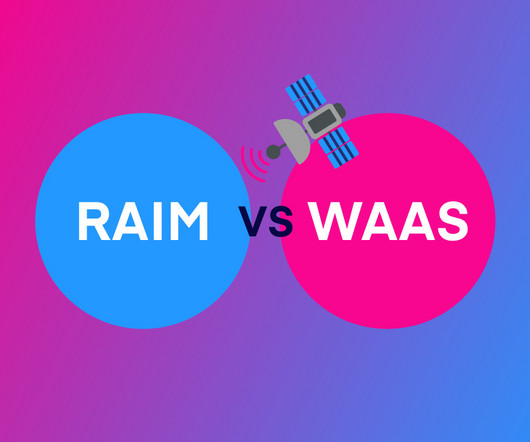






Let's personalize your content